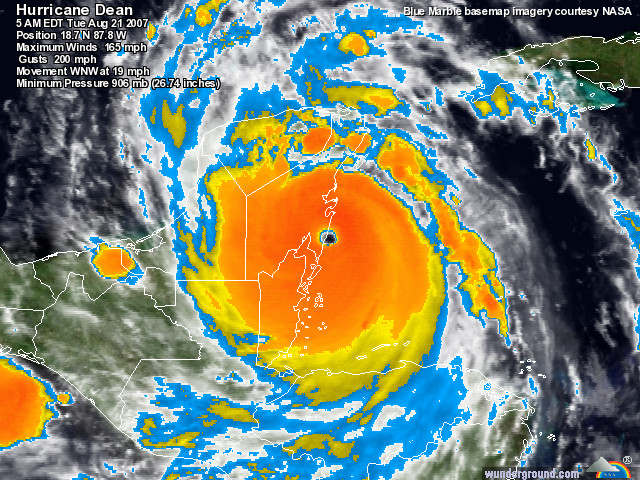 Last week, I argued that the right national target in the fight against global warming should be complete carbon neutrality. Apparently the UK's Liberal Democrats party has the same target in mind!
Last week, I argued that the right national target in the fight against global warming should be complete carbon neutrality. Apparently the UK's Liberal Democrats party has the same target in mind!Calling for a "100 per cent carbon free" Brtain by 2050, the UK's Liberal Democrats party unveiled a series of proposals yesterday aimed at transforming Britain into an international leader in the fight against the climate crisis.
"Pollution doesn’t respect national boundaries," said Liberal Democrat party leader, Menzies Campbell. "Climate change is a global problem that requires an international solution. Britain should not be a bit player in finding that solution; we should be leading the pack."
The Liberal Democrats, the UK's third largest political party (wikipedia entry here for ignorant yanks like me), will debate the proposals, outlined in a paper called "Zero Carbon Brtain - Taking a Global Lead," at their party conference in Brighton next month.
The plan calls for:
"With these policies the Liberal Democrats have become the first major British party to map out the route to a carbon neutral Britain," Campbell said. "And the first to plan the way towards a cleaner global environment too."
"This ambitious objective for zero-carbon Britain would put us in the global lead in tackling climate chaos," said Liberal Democrat Shadow Environment Secretary and Member of Parliament, Chris Huhne.
"Just as crucially," Huhne said, "we have set out plans that are the first attempt of any British political party to tackle carbon emissions from every part of the economy: transport, energy, housing, offices and factories. The time for talk has passed; we need action."
Well at least one yank is wondering (again) why we don't have instant run-off voting/preferential voting here in the U.S. (as they do in Australia) - or at least some system that allows viable 3rd parties.
The Liberal Democrats, a left-leaning social liberal party and Britain's third largest political party, routinely receives around 20% of the votes in general elections, and while the UK's first past the post" system under-represents them in parliament, the Lib Dems, as they are often abbreviated, still captured 62 seats in the House of Commons (about 10% of the 659 seats in the House).
In the U.S., we can only dream of a strong third party with seats in Congress that has the strength and position to take up a bold position on climate change, call for a carbon neutral America, and begin to shift the tenor of national and congressional debates on the climate crisis.
Without a strong two-party system that leaves little room for viable third parties, we in the U.S. will have to focus our attention on the two main political parties and do our best interject our rallying cry of a carbon neutral America into the mainstream.
Bravo to the Liberal Dems for taking a bold stand and setting an example for other political parties across the world! I'll raise a glass of gin to you chaps tonight...





















